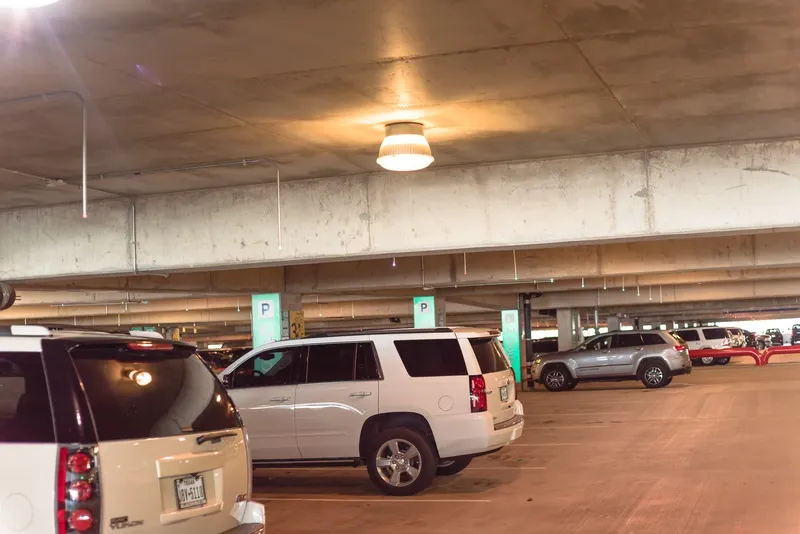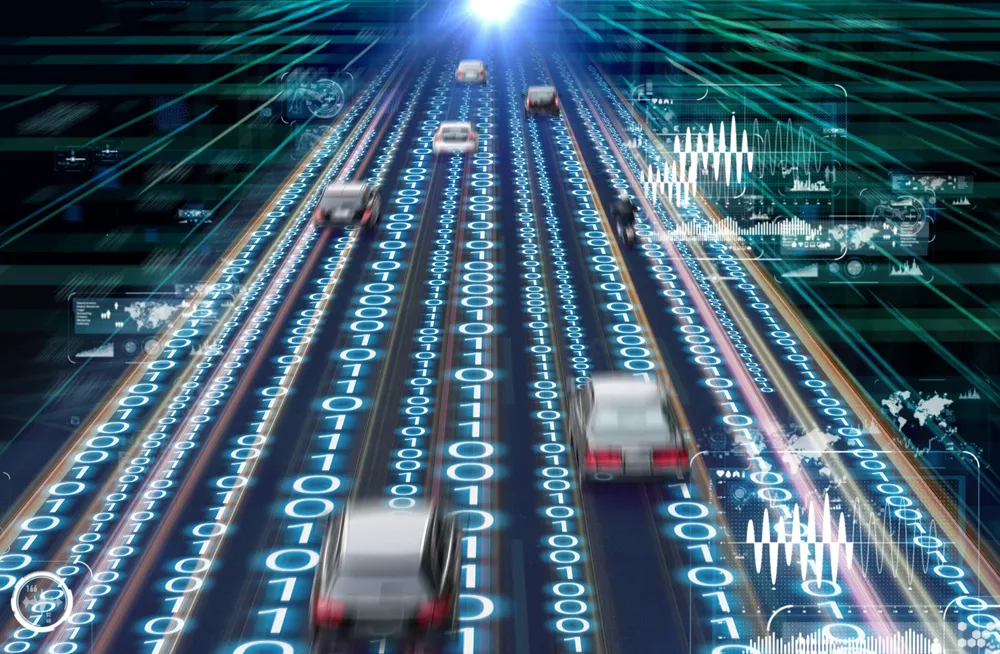Located near the French capital Paris, the innovative city Les Mureaux successfully introduced smart parking sensors to monitor parking spaces in blue zones this year.
The town is using Nedap’s wireless vehicle detection system Sensit, a network of wireless parking sensors which detect vehicle occupancy in parking spaces. The system collects parking data and shares that information with third party parking guidance, enforcement and intelligent transport systems.
Information on the real-time availabili
September 12, 2014
Read time: 1 min
Located near the French capital Paris, the innovative city Les Mureaux successfully introduced smart parking sensors to monitor parking spaces in blue zones this year.
The town is using Nedap’s wireless vehicle detection system Sensit, a network of wireless parking sensors which detect vehicle occupancy in parking spaces. The system collects parking data and shares that information with third party parking guidance, enforcement and intelligent transport systems.
Information on the real-time availability of parking spaces is transmitted to motorists via variable electronic signs which guide motorists to available parking spaces, improving the utilisation of the existing parking capacity in the blue zones. Status information can also be wirelessly relayed to a parking officer.
The town is using Nedap’s wireless vehicle detection system Sensit, a network of wireless parking sensors which detect vehicle occupancy in parking spaces. The system collects parking data and shares that information with third party parking guidance, enforcement and intelligent transport systems.
Information on the real-time availability of parking spaces is transmitted to motorists via variable electronic signs which guide motorists to available parking spaces, improving the utilisation of the existing parking capacity in the blue zones. Status information can also be wirelessly relayed to a parking officer.










